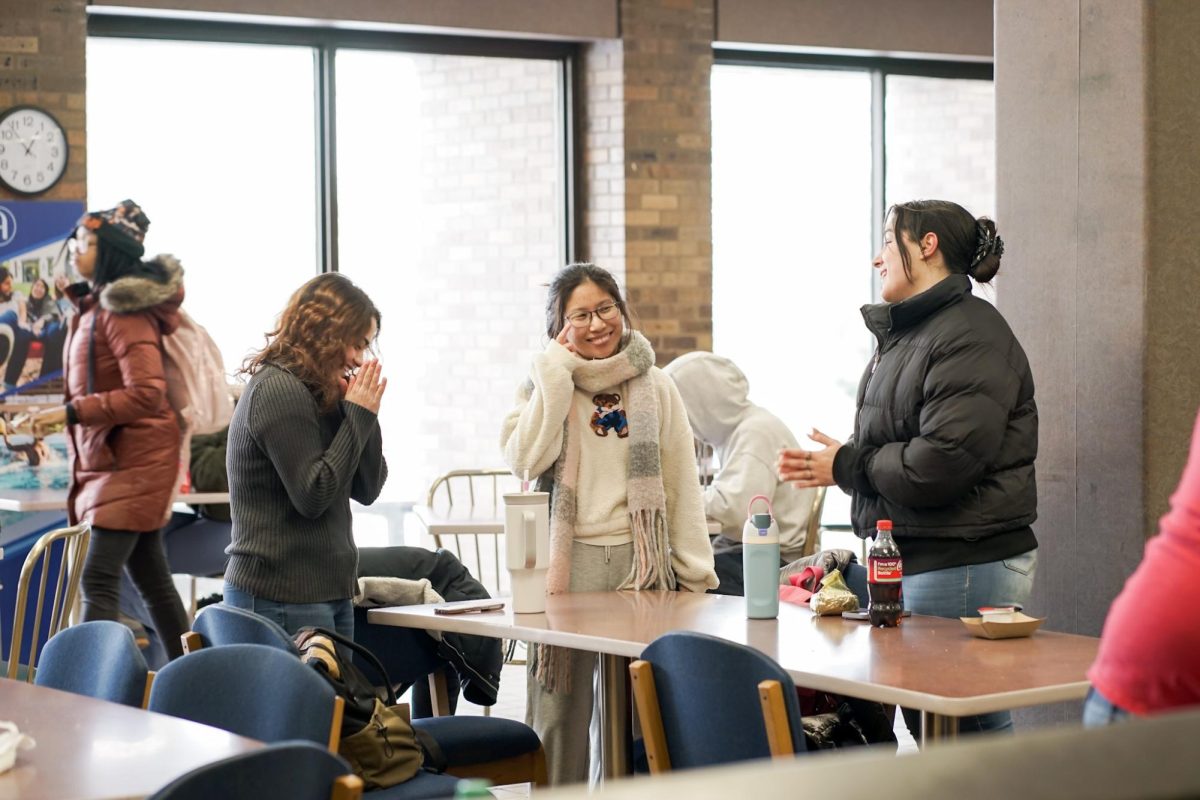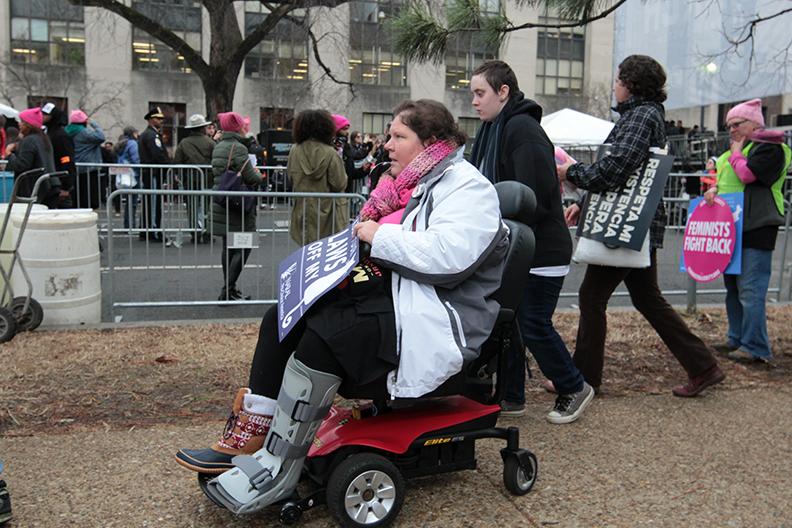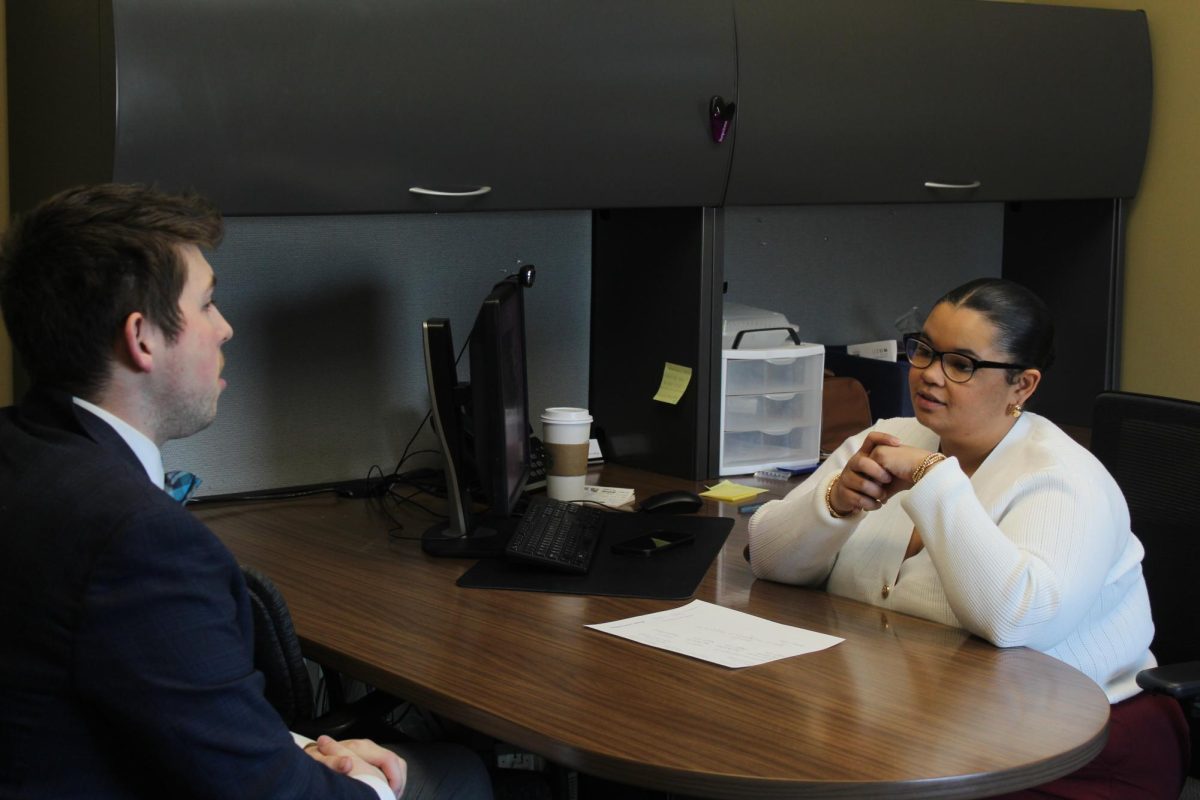A historic number of protesters gathered in America’s capital for a march for women’s rights on Saturday, Jan 21.
For many, this required all kinds of planning. People traveled from all over the world. Marchers used planes, subway trains and buses to get to the protest rally, which kicked off at 10 a.m.
Look at the Rally Bus Parking! Hundreds of busses lined up just outside of D.C. -View from the Metro orange line. pic.twitter.com/hm6zD7Q0gj
— Ryan Jenkins (@RyanJenkins_TV) January 21, 2017
However, for hundreds of protesters using wheelchairs, canes, walkers and crutches the planning process is much for extensive.
However, many people with disabilities say they are thankful for Washington D.C. and its unusual ease of access for the disabled.
“It can be difficult to navigate but we need to have our voices heard” said Tamera Toney, a protestor who was making her way to the section of the rally reserved safely for people with disabilities.
According to several websites, including Wheelchair Travel, the United States capital is one of the most accommodating and accessible metro systems in the world for people with disabilities.
The official website for the Women’s March on Washington said that 45,000 people with disabilities have signed up for the march, making it the largest assembly of people with disabilities in U.S. History.
Crosby King of Baltimore served as the volunteer to the section for people with disabilities from his wheelchair.

“Let me count the ways” King said before describing times when President Trump has made him feel worried.
“He is anti-minority and as America’s biggest minority we have to fight back somehow.”
King, who lives with a spinal injury said a wheelchair is not an excuse for him to not participate in calling on the nation’s highest leader to respect the rights of people.
“When he mocked a reporter with disabilities, that showed his true colors.” King said.
Officials in Washington D.C estimate about 500,000 people to be in the D.C. area today to march near the capital building. The march began at 1 p.m.
As of 11 a.m., the number of riders on the metro surpassed the number of riders on Jan. 20. for the inauguration of President Trump.









































































































